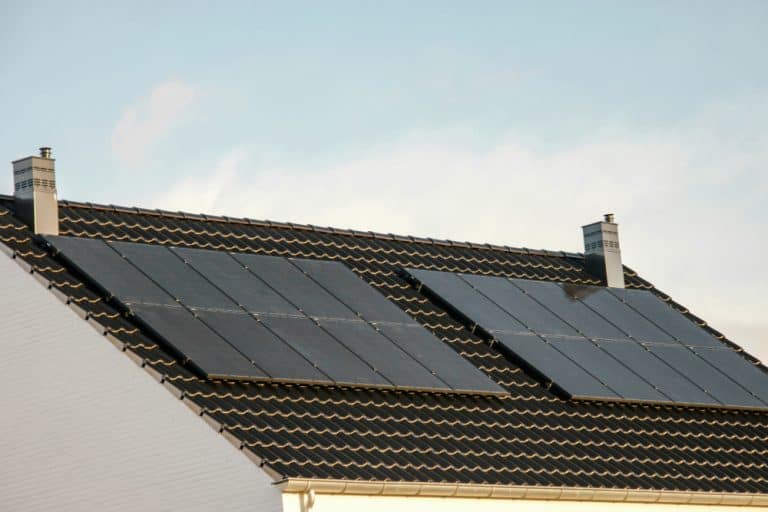San Antonio Peak Sun Hours and Solar Panel Tilt

Peak sun hours and the tilt of the solar panels are factors that impact San Antonio solar generation. Because solar arrays are reliant on sunlight for the production of energy, the amount of power coming from the same number and type of panels varies, which is why San Antonio’s sun exposure matters.
Solar panels that are mostly shaded or facing the wrong direction will produce significantly less than the same solar panels facing the sun most of the day. The amount of sun available to a geographic area throughout the year can also impact the amount of power the solar array will produce.
While areas with minimal sun exposure still have potential, solar is even more advantageous for places, like San Antonio, with high amounts of sun exposure. Peak sun hours measure the amount of sun exposure an area typically has per square meter.
Understanding Peak Sun Hours
Peak sun hours are the hours within a day that sunlight hits an area at full capacity. However, this doesn’t mean that these areas are necessarily hotter. It just means that the sun is shining longer.
Typically areas that are closer to the equator have the most peak sun hours. They have more peak sun hours because the days are about the same length throughout the year. While the equator does go through South America, it is only 2,035 miles from San Antonio, which is why San Antonio winters are milder than other parts of the United States.
To compensate for seasons when the sun isn’t out as much or during the night, when the sun isn’t out at all, San Antonio solar homeowners use net metering or a solar storage option. Often people use both of these solutions to increase power continuity in their homes. Go Solar Group offers different levels of battery backup so everyone can access electricity regardless of grid inconsistency.
Sun Hours Per Day by County in San Antonio
There are a couple of ways to determine how many sun hours per day, or peak sun hours, an area has. One way to get a quick snapshot of the sun exposure of a specific residence is to look at Project Sunroof. This Google-based program determines the average amount of sun hours a particular home will get throughout the year, which can then be divided by the days in the year to get an idea of the average hours per day this home might have.
NREL also has a database that allows people to look at specific regions, and see both direct normal irradiance or the global horizontal irradiance of a selected area or a point on the map. Direct normal irradiance only includes radiation coming from the direction of the sun, while global irradiance shows all radiation that hits a flat surface facing the sun. Both of these values give a good idea of how many sun hours an area can expect, but for this article, we will only address horizontal global irradiation.
According to NREL’s data, Bexar County, the heart of San Antonio, has an average global horizontal irradiance of 5.05 sun hours per square meter. These sun hour estimates are solid considering the average GHI for the United States is 4.9 hours PSM. It is also only slightly below the average GHI for Texas at 5.2 hours PSM.
The ample solar hours in San Antonio make it the ideal location for a solar installation. You can learn more about how these hours will impact your solar generation with a solar quote from Go Solar Group.



Send a Message
Oops! We could not locate your form.